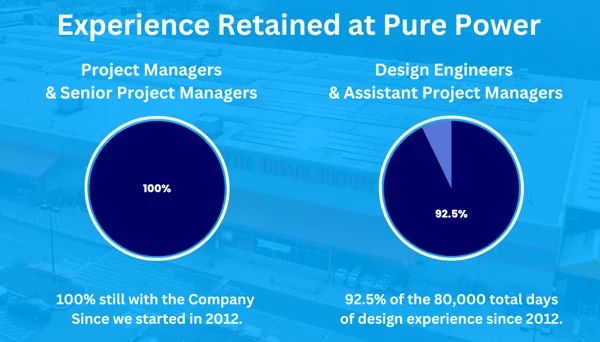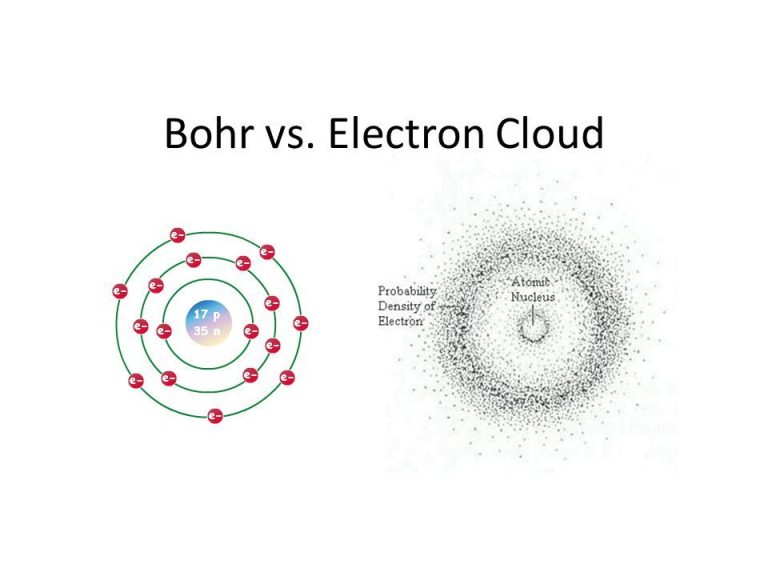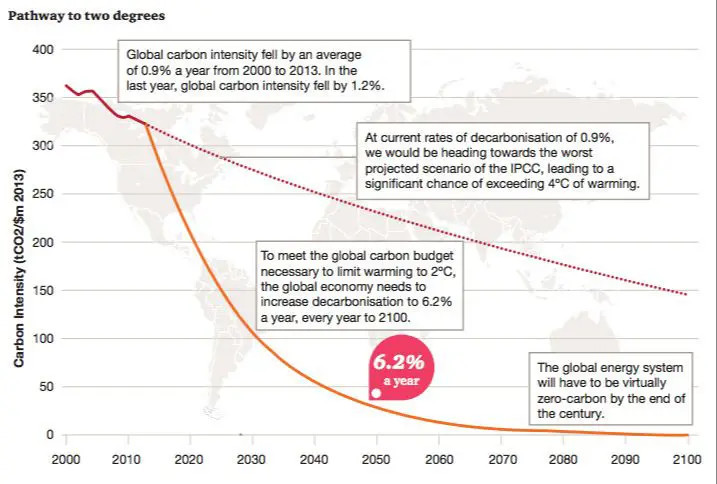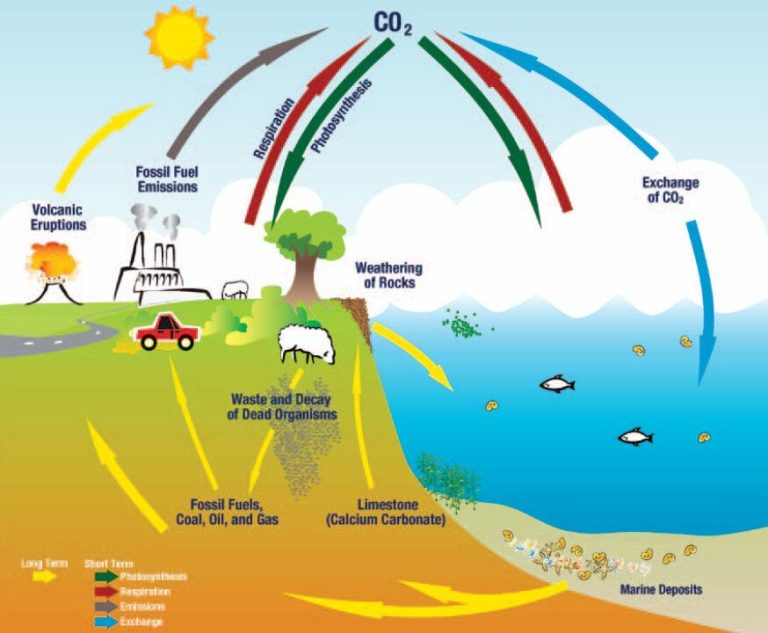What Does Pure Power Engineering Do?
Pure power engineering is the domain focused on the production and supply of electric power. It deals with generating, transmitting, and distributing power for commercial, residential, and industrial applications using advanced technologies and techniques.
At its core, pure power engineering revolves around harnessing raw energy sources like coal, natural gas, nuclear reactions, or renewable sources such as hydro, wind, and solar to generate usable electric power. This generated power is then transmitted through overhead lines or underground cables to substations, where voltage levels are stepped down for distribution to end users.
Pure power engineers are tasked with ensuring reliable and efficient delivery of power. Their work involves designing, constructing, operating, and maintaining power generation plants, transmission networks, substations and distribution systems. They develop solutions around electric machines, high voltage engineering, power electronics, control systems, and power system protection.
The field of pure power engineering is critical for modern society. Electricity powers homes, buildings, factories, transportation systems and communication networks. Reliable power supply is essential for everyday life as well as industrial processes and information technology infrastructure. As such, pure power engineering plays a vital role in supporting economic growth and improving standards of living globally.
History and Development
The origins of pure power engineering date back to the late 19th century, with the advent of commercial power generation and distribution. Some key milestones in the history of the field include:
1879 – Thomas Edison invented the first commercially viable incandescent lightbulb, necessitating the development of power generation and distribution on a large scale.
1882 – Edison opened the first central power plant in the US on Pearl Street in New York City, marking the beginning of the electric utility industry.
1886 – Nikola Tesla pioneered the use of alternating current (AC) for electric power transmission over long distances.

1895 – The first hydroelectric power station opened on the Niagara Falls, harnessing the power of moving water.
1920s – Interconnected power grids were developed, allowing transmission of electricity over hundreds of miles.
1950s – Advancements in power semiconductor devices enabled more efficient power conversion and control.
1960s – High voltage direct current (HVDC) transmission was introduced to efficiently transmit large amounts of power over very long distances.
1990s – Development of smart grids added digital communications and automation capabilities to power systems.
Today, pure power engineering focuses on safely and efficiently generating, transmitting, distributing, and utilizing electric power through increasingly complex and interconnected power grids worldwide.
Generating Power
Electricity can be generated through various methods, each with their own pros and cons. Here are some of the most common ways to generate power:
Fossil Fuels
Fossil fuel power plants like coal, natural gas, and oil burn fuel to boil water into steam that spins a turbine connected to a generator. Fossil fuels are abundant and reliable, but contribute to air pollution and carbon emissions.
Nuclear
Nuclear power plants use the heat from nuclear fission reactions to produce steam and spin turbines. Nuclear provides steady, low-emission baseload power, but faces regulatory hurdles and public opposition over safety concerns.
Hydroelectric
Hydroelectric plants utilize the energy of flowing water to turn turbines and generate power. It’s renewable and reliable, but dependent on suitable rivers and impacts local ecosystems.
Wind
Wind turbines convert the kinetic energy of wind into electricity. Wind power is clean and renewable, but subject to intermittent availability based on weather conditions.
Solar
Solar photovoltaic (PV) panels convert sunlight into direct current electricity. Solar is clean and renewable, but outputs depend on sunny conditions and require battery storage when the sun isn’t shining.
Transmitting Power
Transmitting power refers to the process of moving electrical energy over long distances from power generation sites to substations near demand centers such as cities and towns. This is a vital stage in the delivery of electricity to consumers.
The transmission system consists of high-voltage three-phase lines suspended on steel lattice towers. Transformers are used to step up the voltage for efficient transmission over long distances. Typical transmission voltages range from 69kV to 765kV. Higher voltages allow lower current for a given amount of power, which reduces line losses during transmission.
The most common overhead conductors are aluminum conductor steel reinforced (ACSR). ACSR combines the conductivity of aluminum with the strength of steel. Underground and submarine cables use insulated copper or aluminum conductors. XLPE (cross-linked polyethylene) is commonly used for insulation of underground cables.
Efficient, reliable, and robust design of transmission systems and grid operations is critical for delivering affordable electricity across regions. Strict standards and controls are enforced for right-of-way limits, tower design, conductor ratings, line clearances, insulation, and system protection.
Distributing Power
Once electricity has been generated and transmitted over long distances through high-voltage transmission lines, it enters local distribution networks to be delivered to homes, businesses, and other end users. Distribution systems include lower voltage power lines, transformers, switches, and other equipment to reduce voltages to safer levels for everyday use.
Local utility companies manage the complex distribution infrastructure to route electricity through neighborhoods via distribution substations. These substations use transformers to reduce transmission voltages of 138kV or higher down to 12kV or 4kV for distribution. From there, distribution lines supported by utility poles carry the power to homes and businesses. Additional pole-mounted transformers further reduce voltages to 120V for U.S. household plugs and 240V for large appliances. Electricity can also be distributed underground in newer subdivisions, but underground distribution costs more.
Safety is a top priority in power distribution. Workers who build, maintain, and repair distribution systems must follow strict safety protocols and wear protective equipment at all times when working with live power lines. Insulated tools and equipment help prevent electrocution accidents. Distribution lines and components also must meet safety codes and standards to isolate hazards from the public. Common safety features include insulation, guarding, grounding, system protection devices, and clearances from buildings, bridges, and vegetation.
Power Quality
Power quality refers to the consistency and stability of the voltage, frequency, and waveform of electricity. Good power quality means a steady supply of electricity free from disturbances such as voltage fluctuations, frequency variations, noise, and harmonic distortion. Maintaining high power quality is critical for the proper functioning of electrical equipment and devices. Poor power quality can lead to equipment malfunction, data loss, flickering lights, and excessive heating in motors and transformers.
There are several factors that can cause fluctuations and noise in the power supply. One major cause is equipment that draws large amounts of current abruptly. This sudden change in load can create voltage sags or spikes. Sources of these fluctuations include large motors, arc welders, and laser printers. Another cause of poor power quality is electronic equipment itself, especially devices that use switching power supplies. These can feed harmonic distortions back into the system that disrupt the smooth sine wave of the voltage. Additionally, faults in wiring, utility equipment failure, lighting strikes, and fluctuating power generation can all degrade power quality.
To counteract these issues, power systems engineers employ various monitoring and conditioning techniques. Monitoring power quality allows them to identify and isolate problem areas. Solutions may involve installing power conditioning equipment such as voltage regulators, isolation transformers, filters, and uninterruptible power supplies. Proper wiring, grounding, and equipment maintenance also helps ensure stable, high-quality power delivery.
Efficiency and Losses
Improving efficiency in power generation and transmission has become a major focus in the field of pure power engineering. Traditional power plants often operate at less than 50% efficiency, wasting enormous amounts of fuel and generating unnecessary emissions and pollution. By upgrading generators, turbines, boilers and other components, power engineers can boost the efficiency of existing plants. For example, combined cycle power plants reuse waste heat to achieve over 60% efficiency.
New renewable sources like solar and wind are fundamentally more efficient at converting their fuel source into electricity. However, integrating these intermittent resources creates new challenges in matching supply and demand. Smart grids with robust control systems can dynamically balance the grid for maximum efficiency.
Transmission and distribution systems contribute significantly to energy losses. Resistance in power lines dissipates energy as heat, with losses growing exponentially as current increases. Upgrading to higher voltage transmission lines reduces current flow for a given amount of power and slashes resistive losses. New superconducting materials can eliminate resistance entirely. Poor power factor from inductive loads also reduces efficiency, but can be corrected with capacitors.
Insulation degradation, corrosion, faulty equipment and unbalanced loads are other common sources of efficiency losses. Careful monitoring and maintenance along with optimized power flow modeling can help minimize these preventable forms of energy waste.
Safety and Protection
Protecting electrical systems and personnel from harm is a critical focus of pure power engineering. Electricity can be extremely dangerous if not properly handled. Common electrical hazards include electrocution, electric shock, burns, falls, and fires.
To mitigate these risks, pure power engineers implement various safety measures and protections. These include insulation, guarding, grounding, circuit protection devices, protective equipment, and safe work practices. Insulation and guarding prevent accidental contact with live parts. Grounding provides a safe path for fault currents to flow. Circuit breakers, fuses, and relays isolate faults and prevent damage. Personal protective equipment like insulated gloves and mats shield workers. Rigorous safety protocols govern all electrical work.
Pure power engineers must constantly analyze failure modes and points of weakness in electrical systems. They design safety margins and redundancy to contain faults. Fast-acting controls and breakers swiftly deactivate problem areas. Warning signs, barriers, and restricted access prevent unauthorized entry. Regular inspection, testing, and maintenance are crucial for finding issues before accidents occur.
By emphasizing electrical safety and protection, pure power engineers safeguard critical infrastructure, ensure reliability, and protect the public and utility workers from harm.
Sustainability
Sustainability is an important consideration for the power engineering field. There is a growing focus on transitioning to renewable energy sources and reducing the environmental impact of power generation and transmission.
Renewable sources like solar, wind, hydroelectric, geothermal and biomass energy are increasingly being used and integrated into power grids. These sources produce little to no greenhouse gas emissions compared to fossil fuels. Renewables now account for over 25% of global electricity generation.
Steps are also being taken to reduce the impact of traditional power engineering activities. Coal plants are implementing carbon capture technologies to reduce emissions. Electric utilities are upgrading old equipment to newer, more efficient models that result in less energy losses. Smart grid technologies provide better monitoring and management of power, reducing waste.
Looking ahead, sustainability will be a key priority. Power engineers will need the skills and knowledge to integrate renewables, increase efficiency, reduce environmental impacts, and transition the field to a greener future.
Career Paths
To become a power engineer, you will need an academic background heavy in math and science. Most power engineering jobs require at least a bachelor’s degree in electrical engineering or a related engineering field. Some positions may require a master’s degree or Ph.D as well.
While in school, students take classes in areas like circuit theory, physics, thermodynamics, materials science, and computer programming. Hands-on laboratory work is also critical to gaining practical experience before entering the workforce.
After graduating, new power engineers often complete an apprenticeship program to develop specialized skills. They also need to obtain a license by passing an exam in their state. Continuing education is important throughout one’s career to stay current with evolving technologies and safety practices.
The job outlook for power engineers is promising. According to the U.S. Bureau of Labor Statistics, jobs for electrical and electronics engineers are projected to grow by 7 percent from 2018 to 2028, about as fast as average relative to other occupations. The median salary for electrical engineers in 2020 was $103,390 per year.
Power engineers work in a variety of settings such as electric power generation facilities, manufacturing plants, construction sites, and engineering firms. Their specialized skills in power systems and electrical equipment are in high demand across many essential industries.




